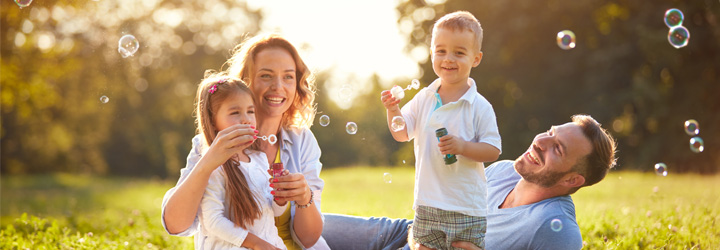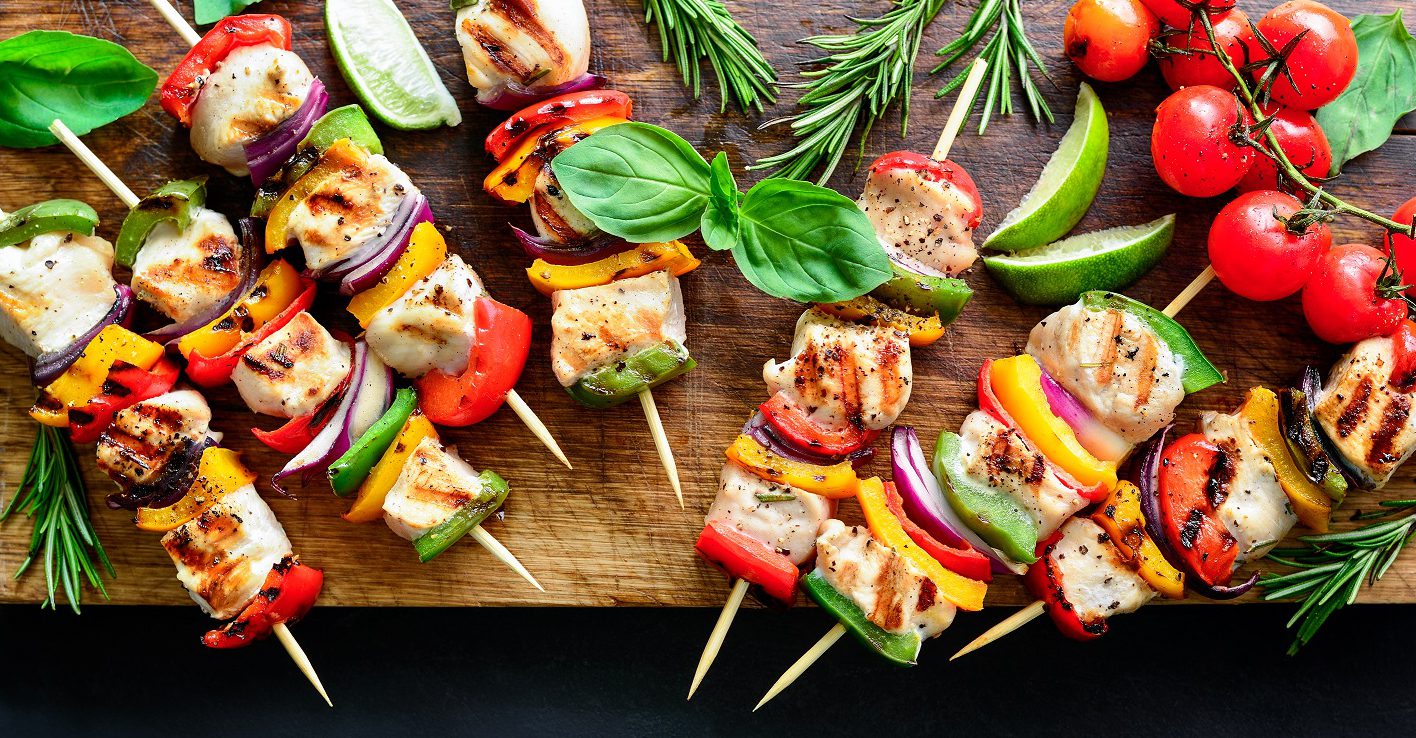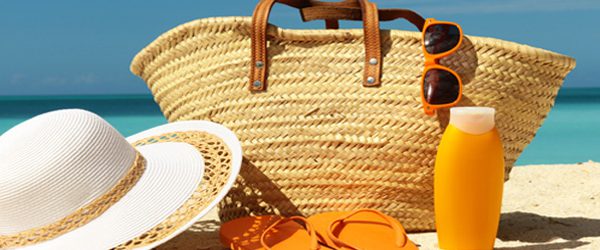

Heading out for a hike, camping, or just to the neighborhood pool? There are so many ways to enjoy the great outdoors and warm weather.Use these easy tips to avoid bug bites, sunburn, and other pesky problems. And get out there!
1. Make Yourself Unattractive
To insects, that is. Scented soaps, perfumes, and hair sprays can attract mosquitoes and other biting bugs.
Also, avoid areas where insects nest or gather, such as pools of still water, uncovered foods, and gardens where flowers are in bloom, says David Fagan, MD, chairman of the pediatrics department at Nassau University Medical Center in East Meadow, NY.
Use bug spray with DEET. The chemical wards off ticks (which can carry Lyme disease) and mosquitoes (which can spread West Nile virus), Fagan says. Pediatricians recommend 10% to 30% DEET for children older than 2 months, but don’t use it on infants.
2. Use the 20-Minute Rule
Drink water at least every 20 minutes. To prevent heat stress and heat stroke, adults and children should stay hydrated when outside on hot and humid days.
“During activities less than one hour, water alone is fine,” Fagan says. But if you’re going to be outside for more than an hour, you should add a sports drink to replenish electrolytes.
3. Play It Safe
At the playground, take a good look at the equipment. It should be in good shape. Rotted or worn out woods and plastic can have sharp edges and points that could scrape or cause eye injuries.
Make sure the slides and other surfaces are cool enough to be comfortable.
“Even today’s newer materials can cause burns when they’ve been in the sun for too long,” says Jackie Clifton, RN, the emergency department clinical coordinator at Lake Pointe Medical Center in Rowlett, TX.
4. Stay Street Legal
Before you head out on a family bike ride, you might want to check on your local laws, says Lee Uehara, the education manager of City Bike Coach in New York. “For example, in some towns, it’s illegal to ride with passengers under 1 year of age.” And of course, make sure everyone straps on a helmet.
5. Scan for Bad Plants
Learn to recognize poison ivy and poison oak, and steer clear.You should also know about other poisonous plants like nightshade, says Carolyn Dean, MD, ND, author of Kids’ Health: A Doctor’s Guide for Parents.
When hiking, carry a book with photos of these plants to refer to in cases of doubt. Yes, you could look them up on your phone. But if you’re out of range, you’ll want a paper copy to be sure.
6. Big Adventure? Brag About It
Tell someone where you’re going and when you expect to be back. Someone needs to know where you plan to be, just in case.
If you’re going hiking or camping, take a first aid kit with you. Dean says it should have antibiotic ointment, adhesive bandages, anti-itch gels, an Ace bandage, and emergency hydration and electrolyte replacement drinks or packs.
7. Be a Hero, the Right Way
If you see someone struggling in a pool or lake, you’ll naturally want to help them. But it’s dangerous for you to jump in.
“It’s more likely that the panicked victim will pull the would-be rescuer under the water with them, than it is for the rescuer to save the victim,” Clifton says.
Instead, throw a Coast Guard approved flotation device to the person in the water or use a pole to reach them.
You should also use these basic water safety tips:
- Set limits based on each person’s ability.
- Stick to pools, lakes, and beaches where there are lifeguards.
- Don’t let anyone play around drains and suction fittings.
- Don’t allow your kids to have breath-holding contests underwater.
8. Go Broad
Use a “broad-spectrum” sunscreen. “That means it will screen out both UVB and UVA rays,” Fagan says. You need it even if it’s not a blazing hot sunny day.
You should also layer in other protection. “Wear a hat with at least a 3-inch brim all around,” Fagan says. “And limit your sun exposure between 10 a.m. and 4 p.m. when UV rays are the strongest.”
Source: https://www.webmd.com



